While I have nothing but love for Arcanum and – after a single playthrough – find myself fond of the Temple of Elemental Evil, it's Vampire: The Masquerade – Bloodlines (the studio's third and final game) that I consider Troika's greatest achievement.
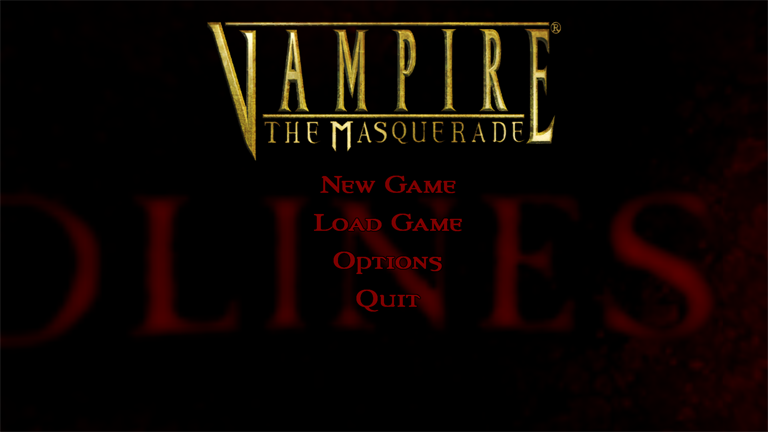
Made by 32 people over the course of nearly four years (of which just two months weren't overtime); running Valve's then-partly-completed Source engine (which Troika had to supplement with in-house code for lighting, particle effects, clothing flow and "artificial intelligence"); pressured for release by Activision before it was properly tested or completed and then unceremoniously dumped onto the market "at the worst possible time" (forced to compete with the likes of Half-Life 2, Metal Gear Solid 3 and Halo 2); it's a testament to how good poor Bloodlines really was that it not only managed to sell at all, but also attracted a thriving cult following which – twenty years post-release – rightly continues to sing its praises.
A 1st/3rd person true aRPG, Bloodlines combines Deus Ex-like "hubs with optional exploration" structure with an elaborate and deep dialogue system, melee combat and gunplay for an experience that gives players a wide berth to roleplay as they like within White Wolf's Word of Darkness setting.
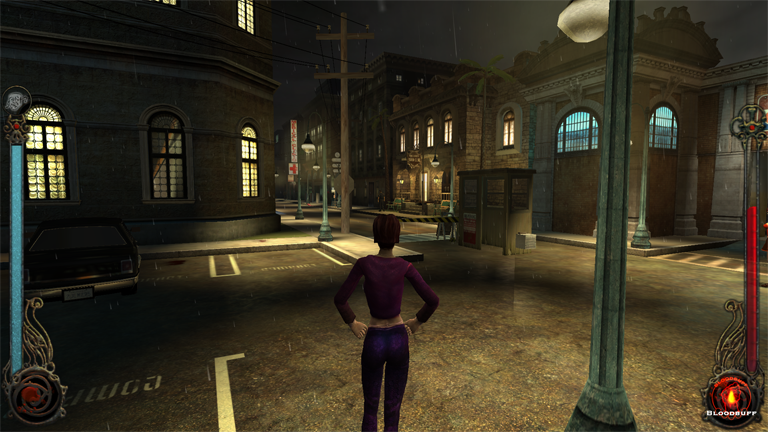
In the game, you play an unfortunate schmuck who enjoys a grand total of three seconds of illicit vampire-dom before – along with their sire – being apprehended by agents of the Camarilla (vampire government). Because they didn't observe the titular Masquerade (i.e. keeping vampire-y shenanigans outta the limelight) and turned a human without asking for permission (as you do), your sire gets staked and you are left at the mercies of the vampire council.
Seeing you as sorta blameless in the whole affair, the prince of Los Angeles cuts you some slack and employs you as a gopher meant to help his ghoul in Santa Monica clear out a Sabbat (bad vampires') warehouse. From that simple beginning, following a tutorial helmed by John DiMaggio (who voices Smiling Jack – an incredulous Brujah rascal), you embark on about 40 hours of amazing gameplay that eventually boils down to a creepy sarcophagus and (possibly) an impending Gehenna (a prophesized vampire apocalypse).
Although Bloodlines is an action title, its strengths lie in a complex character generator, sandbox-like gameplay that allows (up to a point) different approaches to quest resolution, excellent writing and dialogue, inspired character and level design and a setting that – while limited in scope – oozes atmosphere and is a sheer joy to experience.
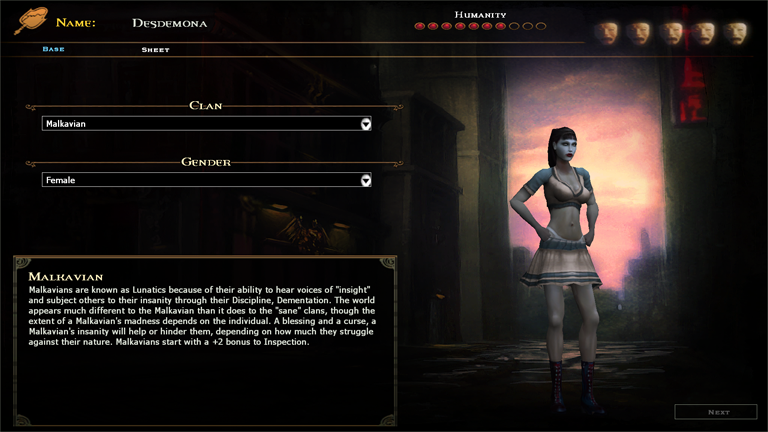
Your fledgling can belong to any of the seven vampire clans that comprise the Camarilla — a choice that is clearly delineated and hardly cosmetic.
While some clans, like Gangrel or Brujah, are quite similar (brawler bros vs. brawler bikers); others present unique advantages and challenges, such as the Nosferatus' hideous appearance (which forces you to stay out of sight and explore hubs via the sewers); Ventrues' elite social standing (which makes for picky eaters); or – naturally – the Malkavians' unique "insight" (which manifests as bonkers dialouge options that are completely different from any other clan).
Each clan also has a set of three vampire Disciplines (powers), such as Animalism (summoning critters to aid you in battle), Obfuscation (invisibility coupled with a staggering sneak attack), Celerity (speed boost) or Thaumaturgy (making blood do funny, funny things).
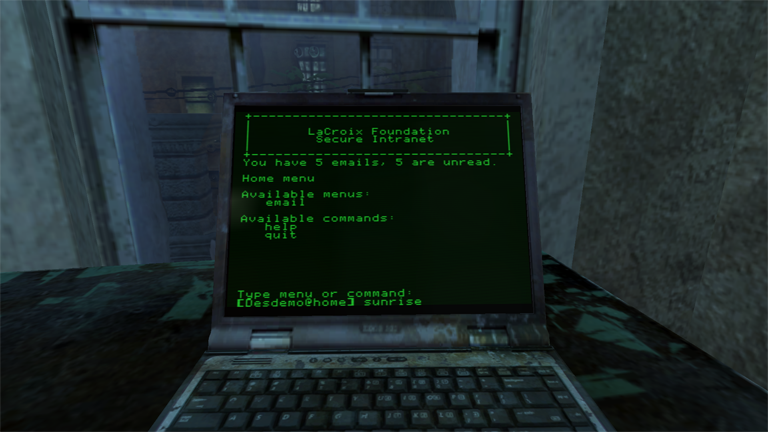
On top of the Disciplines, characters are also defined by Attributes (physical and mental characteristics) and Abilities (skills), the combination of which allows for fairly distinct builds. The only issue with Bloodlines' character construction is that – because of its rocky development – the latter half of the game devolves almost completely into combat and is utterly biased against characters invested heavily into subtrefuge or persuasion. Balancing your build (or cheating) are pretty much the only ways to get through all the shooting that caps (pun intended) the conclusion of the game.
Bloodlines offers four distinct hubs (Santa Monica, Downtown, Hollywood, Chinatown); and 70 quests which range from the mundane (scoring painkillers or giving humans a second lease on life) to the otherworldly (tracking down fish demons, calming rampaging gargoyles, "replanting" zombies at a cemetery or investigating spooky beachside resorts). No matter their complexity, however, all quests are excellently written, with lifelike characters, interiguing locations and enough twists and turns to keep you guessing.
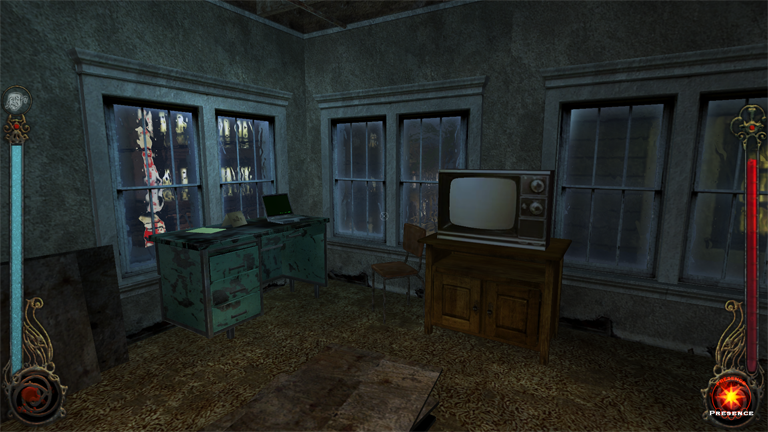
While the gameplay is uniformly engaging, Bloodlines' overall finish falls squarely into the "endearingly uneven" category which sees lifelike facial animations coexist with wobbly walking and ideally proportioned character models clash with the Scythian's stubby wee arms... Even for a pig as enamored with the game as I am, it's a noticeable flaw but one I can happily overlook to experience what remains some of the best computer roleplaying ever.
If you are fond of the vampire mythos, enjoy the Deus Ex approach to urban exploration, like being able to roleplay your characters to the hilt or simply want to experience one of the best RPGs ever made, you can't go wrong with Vampire: The Masquerade – Bloodlines. Even with all the patches and post-release support, the game is a bit flawed — but not so much that you can't spot the greatness underneath.
With Bloodlines 2 stuck in development limbo (and, anyway, not guaranteed to live up to Troika's achievement); and Paradox (the IP holder) on the record saying they will be "(shifting) away from RPGs", it's hard to guess if we'll ever see a game as accomplished as V:TMB. But even if the roleplaying genre continues to diminish, it's nice to know that – whenever you feel like it – the heyday of RPG development is just twenty bucks away...
